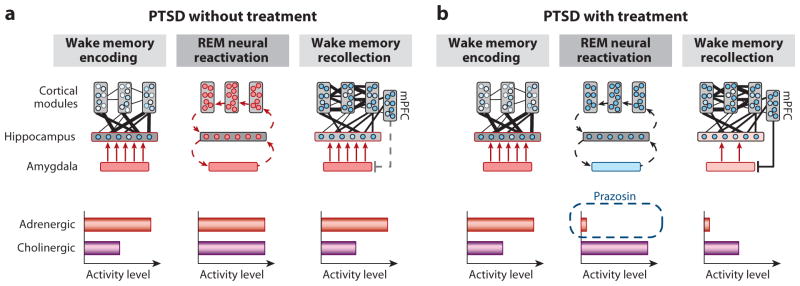Figure 7. REM Sleep to forget sleep to remember model applied to PTSD.

(a) REM sleep in PTSD without treatment, characterized by a pathological persistence of central brain adrenergic activity (note difference in middle panel to middle panel of Figure 3a). Elevated adrenergic activity during REM sleep prevents the depotentiation of the emotion tone associated with the salient, including traumatic, experiences. (b) REM sleep in PTSD with treatment by Prazosin, allowing for the reduction in adrenergic levels during REM sleep (note difference in middle panel between a and b). Consequently, there is the restored opportunity for the dissipation of emotion from the prior trauma experiences, preventing hyperarousal reactions during subsequent post-sleep memory recall.
